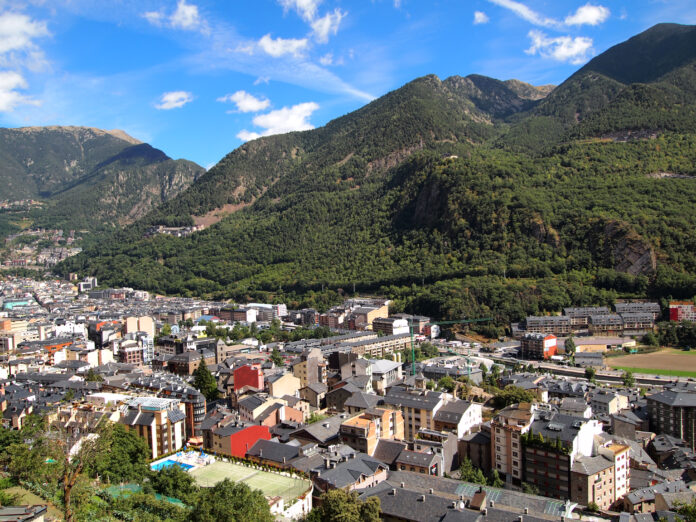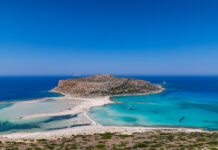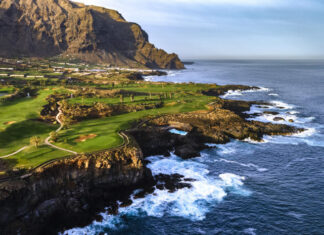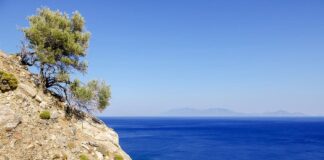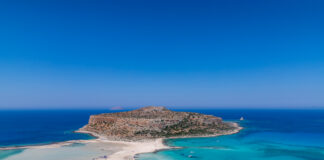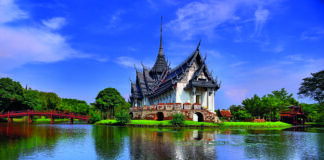Andorra a small European nation nestled between Spain and France in the eastern Pyrenees. It's a destination with charm enough to delight even the most seasoned traveler, given its picturesque landscapes, rich culture, and delightful culinary experiences. We invite you to embark on this comprehensive guide, which offers a peek into Andorra's exquisite food, culture, and must-visit locales, along with valuable travel tips and interesting facts.
Food
Andorran cuisine reflects a fascinating blend of Spanish, French, and Catalan influences. Fresh, locally-sourced produce, delectable meats, and hearty winter dishes mark its gastronomy.
The mountainous country is known for its trinxat, a hearty dish made of boiled potatoes, cabbage, and pork, perfect for the chilly Andorran weather. One must catch the famous escudella, a delicious stew of meat and vegetables traditionally eaten during winter. Seafood lovers must try Fruita de riu, a local trout dish often served with almonds.
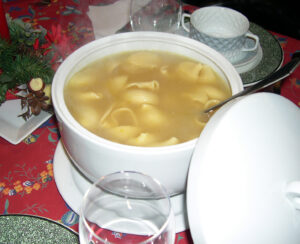
For cheese enthusiasts, Andorra offers format de tupí, a strong fermented cheese made with garlic and brandy. Wrap up your meal with a serving of crema Andorrana, a dessert similar to crème brûlée. Paired with a glass of local wine, your Andorran culinary journey is bound to be unforgettable.
Culture
Nestled in the Pyrenees, Andorra has a rich cultural heritage influenced by its Spanish and French neighbors and its unique Andorran essence. The official language is Catalan, though Spanish, French, and Portuguese are widely spoken.
The Romanesque architecture stands out in the country, with more than 50 traditional churches spread throughout the region. The old town in Andorra la Vella, Barri Antic, is a history and tradition treasure trove. Here, you'll find Casa de la Vall, a 16th-century house and court symbolic of the Andorran parliamentary system.
Andorran festivals offer a glimpse into their vibrant traditions. The grand celebration of the Eve of Sant Joan in June and the charming Medieval Festival in September are the year's cultural highlights. The local folk dance, the 'Sardana,' is an integral part of these festivities and a beautiful spectacle.

Travel Tips
- Currency: Andorra uses the Euro, and credit cards are widely accepted. However, carrying some cash is advisable, especially when visiting rural areas or small businesses.
- Language: While Catalan is the official language, English is less commonly spoken. Learning a few basic phrases in Catalan or Spanish could enhance your travel experience.
- Transportation: Given its compact size, the best way to explore Andorra is by foot or public transport.
- Dress Appropriately: Andorra has a high mountain climate, which can get chilly, especially at night. Pack warm clothes, even during the summer.
- Respect Local Customs: Respect local traditions, particularly when visiting religious sites. Modest attire is expected in such places.
Interesting Facts
- Smallest Capital: Andorra la Vella is Europe's highest capital city and one of the smallest globally.
- Tax Haven: Andorra is known as a tax haven, with some of the lowest tax rates in Europe.
- Longevity: Andorra has one of the world's highest life expectancies, averaging approximately 82 years.
- No Military: Interestingly, Andorra doesn't have a standing army. The defense is the responsibility of Spain and France.
- Tobacco Production: Despite its small size, Andorra was a significant tobacco producer in the past. You can still see fields of tobacco plants during a countryside walk.
Top Places
- Andorra la Vella: This capital city is a must-visit for its old town, Barri Antic, and many shopping opportunities.
- Grandvalira: The most extensive ski destination in Southern Europe, Grandvalira offers various winter sports activities, making it a paradise for ski lovers.
- Madriu-Perafita-Claror Valley: A UNESCO World Heritage site, this glacial valley, with its stone houses and shepherd huts, offers fantastic hiking opportunities.
- Ordino: One of the most picturesque hamlets in Andorra, Ordino, is worth a visit for its quaint charm, historical museums, and the iron route, showcasing the country's iron industry history.
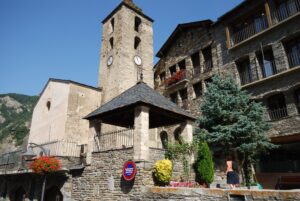
- Casa de la Vall: A 16th-century house once a parliament house, you can step back in time and learn about Andorra's political history.
This guide seeks to paint a vivid picture of Andorra's enchanting vistas, gastronomic delights, and historical richness. Whether you're a history buff, nature enthusiast, or foodie, Andorra promises a memorable experience that far outweighs its diminutive size. Its charming locales, unique traditions, and culinary delights beckon you for an unforgettable journey.

